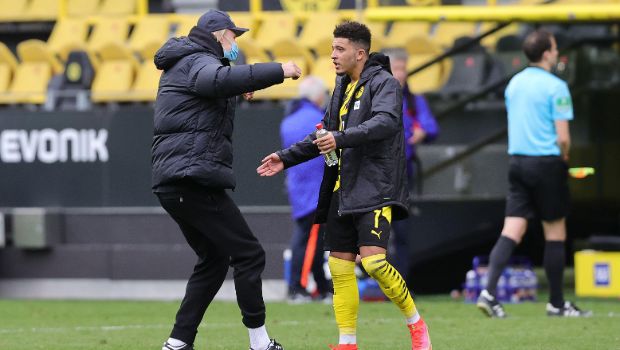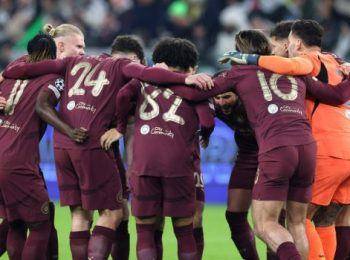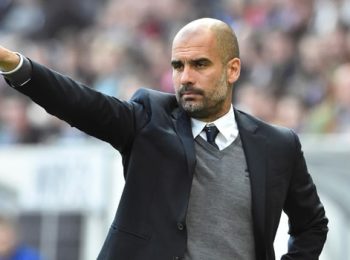Jadon Sancho’s return to Manchester United seemed highly unlikely just a few months ago. A strained relationship with Erik ten Hag and an underwhelming loan spell at Chelsea pointed toward an uncertain future for the English winger. However, Ruben Amorim’s tactical approach could present Sancho with an unexpected opportunity to finally deliver on his immense potential.
Sancho’s loan move to Chelsea was meant to offer him a fresh start after a turbulent period at United. The agreement included an option for the Blues to make the deal permanent for around £25 million, provided they finished 14th or higher in the league. Initially, the move looked promising—Sancho racked up three assists in his first three league appearances and even found the net in consecutive games in December.
However, his form dipped significantly in the following months, leaving Chelsea with second thoughts about keeping him long-term. With the club reportedly exploring ways to opt out of the deal, Sancho may soon find himself back in Manchester—this time under a manager with a very different vision.
If there’s one thing Ruben Amorim has proven it’s his ability to maximize the potential of creative attackers. His tactical setup, which frequently features two advanced playmakers behind a central striker, could be the perfect environment for Sancho to thrive. Unlike the rigid structure he faced under Ten Hag, Amorim’s approach would allow him to operate in a more fluid role—possibly as a left-sided No. 10 rather than an out-and-out winger.
Dan Micciche, who coached Sancho in England’s youth setup, has suggested that this tactical shift could be the key to unlocking the 24-year-old’s best form. “He wouldn’t be stuck out wide as much—he’d have more freedom to move inside, link up with teammates, and create from central areas,” Micciche explained.
Amorim has already shown a willingness to experiment with attacking midfield roles, rotating players like Bruno Fernandes, Alejandro Garnacho, and Amad in similar positions. If Sancho can adapt to these demands, he might finally find the consistency that has eluded him in the Premier League.
Despite his struggles, Sancho remains an immensely talented player. His dribbling ability, vision, and technical skill make him a unique asset—one that United could still use if placed in the right tactical setup. Amorim’s arrival provides a fresh slate for many players at Old Trafford, and Sancho may benefit more than most from the managerial change.
If Chelsea decides to cut ties, Sancho’s return to United wouldn’t necessarily mean the end of his career at the club. Instead, it could mark the beginning of a revival under a coach who prioritizes attacking fluidity and positional flexibility. Whether he takes that chance is entirely up to him.



























